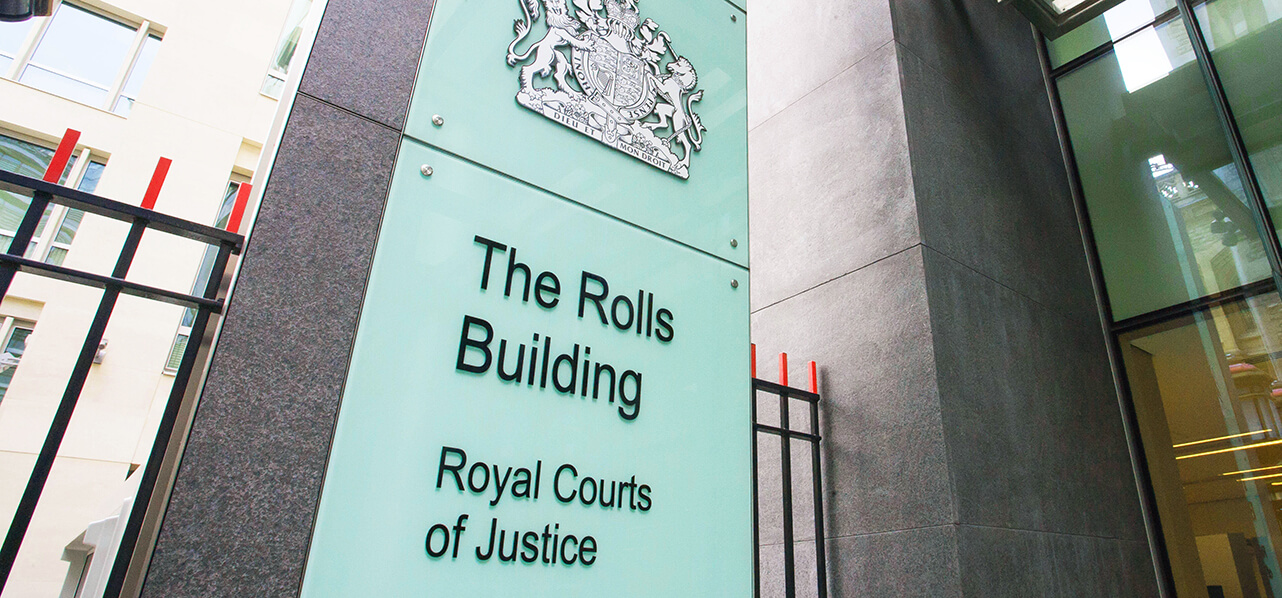The UK Supreme Court’s decision in The Renos[1] provides important guidance for shipowners and insurers on the costs that can be taken into account in determining whether a vessel is a constructive total loss under its hull and machinery policy.
The brief facts
The Renos lost main engine power due to a fire in the engine room whilst sailing laden with cargo in the Red Sea.
Owners appointed salvors on the ‘no cure no pay’ Lloyds Open Form (“LOF”), which included the Special Compensation Protection and Indemnity clause (“SCOPIC”) under which the salvors would receive extra payment at set tariffs due to the environmental risk posed by the vessel, whether or not it was successfully salved.



